We thought our solar system was the only one. We knew of our Sun, our planets, and our Moon. But in the last 30 years, we have made one of the biggest discoveries in human history. We have found that there are planets orbiting other stars, and they are everywhere. We call these planets exoplanets, and there are billions of them in our galaxy alone.
Finding a new world is a huge challenge. A planet is a tiny speck of dust that is very dim, and it is orbiting a star that is very bright. It’s like trying to find a firefly that is flying next to a huge searchlight from thousands of miles away. But scientists are clever, and they have come up with amazing ways to find these new worlds. This article will be your guide to the great hunt. We will take a deep dive into the main methods that scientists use to find exoplanets and what these discoveries are telling us about our place in the universe.
The Big Challenge: Finding a Tiny Speck
The first thing to understand is how difficult it is to find an exoplanet. Most of the stars we see in the night sky are light-years away, which is a huge distance. And planets are very small and very dim. We can’t just point a telescope at a star and see a planet orbiting it. The light from the star is so bright that it completely hides the much fainter light from the planet. So, scientists have to use indirect methods. They look at the star itself for signs that a planet is orbiting it.
There are a few main ways to find exoplanets, and each method has its own strengths and weaknesses. The two most successful methods are the transit method and the wobble method.
The Main Method: The Transit Method
The transit method is the most successful way we have found exoplanets. It has helped us discover thousands of new worlds. The idea is simple: a planet passes in front of its star from our point of view.
How It Works
When a planet passes in front of its star, it blocks a tiny amount of the star’s light. This causes the star to get a little bit dimmer. Scientists use very sensitive telescopes to watch a star’s brightness over a long period of time. If they see the star get a little dimmer at a regular time and then get bright again, they can say that a planet is passing in front of it. This event is called a transit.
The telescope can’t see the planet itself, but it can see the tiny dip in the star’s light. By looking at how long the dip lasts and how often it happens, scientists can figure out how big the planet is and how long it takes to orbit its star. The transit method only works if the planet’s orbit is lined up perfectly with our line of sight.
What It Tells Us
The transit method is very useful because it can tell us a lot about a new world:
- The Planet’s Size: The amount of the star’s light that is blocked tells us how big the planet is. A bigger planet will block more light, and a smaller planet will block less.
- The Planet’s Orbit: The amount of time between the transits tells us how long it takes for the planet to orbit its star, which is its year.
- The Planet’s Atmosphere: A very powerful telescope like the James Webb Space Telescope (JWST) can look at the light that passes through a planet’s atmosphere during a transit. By looking at the light, scientists can figure out what chemicals are in the planet’s atmosphere, which can give us clues about whether the planet could have life.
Famous telescopes like Kepler and TESS were built specifically to look for exoplanets using the transit method.
The Second Method: The Wobble Method
Even though a planet is much, much smaller than its star, its gravity still has an effect on the star. As a planet orbits its star, its gravity pulls on the star, causing the star to move in a tiny little circle. This makes the star appear to “wobble” from our point of view.
How It Works
Scientists can detect this wobble by looking at the light from the star. When the star wobbles toward us, its light waves get a little bit shorter, making the light appear a little more blue. When the star wobbles away from us, its light waves get a little bit longer, making the light appear a little more red. This is called the Doppler effect, and it’s the same reason a police siren sounds different when it’s coming towards you and going away from you.
Scientists use a very precise tool called a spectrograph to look for these tiny color changes. If they see a star’s light get redder and bluer at a regular time, they can tell that a planet is orbiting it. This method is also called the Radial Velocity Method.
What It Tells Us
The wobble method is very good at finding big, massive planets that are close to their stars. The bigger the planet, the more it will pull on its star, and the bigger the wobble will be.
- The Planet’s Mass: The size of the wobble tells us how massive the planet is. A bigger wobble means a bigger planet.
- The Planet’s Orbit: The amount of time it takes for the star to complete its wobble tells us how long it takes for the planet to orbit its star.
Other Ways to Find Planets
While the transit and wobble methods have found the most planets, scientists have a few other clever ways to find new worlds.
- Direct Imaging: This is the most difficult method, but it is also the most exciting. This is when scientists take a direct picture of a planet. To do this, they have to block out the bright light from the star so they can see the much dimmer planet. They use a special tool called a coronagraph to block the light. This method works best for very big planets that are far away from their stars. The James Webb Space Telescope is very good at this method because it can see in infrared light, which makes the planets shine more brightly than the stars.
- Gravitational Microlensing: This is a very strange and lucky way to find a planet. Einstein’s theory of relativity says that a massive object, like a star, can bend the light from a star behind it. If a star passes in front of another star, its gravity can act like a lens, making the background star appear brighter. If the star has a planet, the planet’s gravity can make a second, smaller brightening of the background star. This is a very rare event, but it has helped us find planets that we could not have found with other methods.
- Timing Variations: This method is about looking for changes in a star’s orbit. If a star has two or more planets, the planets’ gravity can pull on each other, causing a change in the timing of their transits or wobbles. By looking for these tiny changes, scientists can figure out if a new, unseen planet is affecting the orbits of the other planets.
The Results of the Hunt: What We Have Found
The hunt for new worlds has been a huge success. We have found thousands of exoplanets, and they come in all shapes and sizes. We have found planets that are even bigger than Jupiter and planets that are a little bit bigger than Earth, which we call super-Earths. We have also found planets that are very close to their stars, called “hot Jupiters,” and we have found planets that are far away.
The search is also focused on finding planets that are in the habitable zone of their stars, which is where liquid water could exist. We have found many planets in these zones, and with the help of the James Webb Space Telescope, we are now beginning to study their atmospheres for signs of life.
Conclusion
The hunt for new worlds is one of the most exciting and important parts of modern science. The methods we use, like the transit method and the wobble method, are clever ways to find planets that we can’t see directly. With the help of powerful telescopes like Kepler, TESS, and the James Webb, we have gone from knowing of only one solar system to knowing of thousands. We have found a whole new universe of planets, and we are learning that they are everywhere. The hunt for new worlds is still just beginning, and it is a journey that will help us answer one of the biggest questions of all: “Are we alone?”
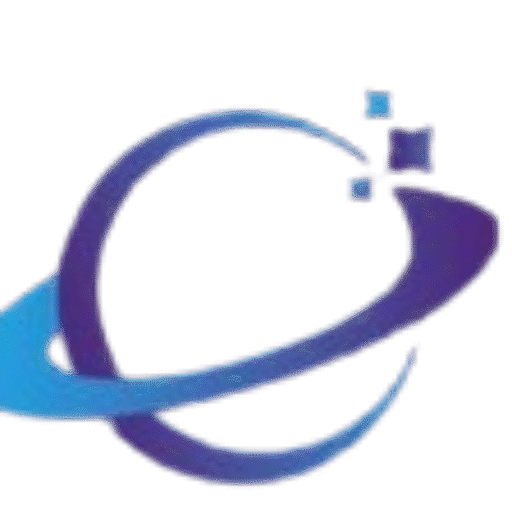

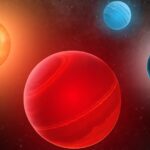
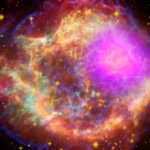
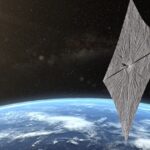


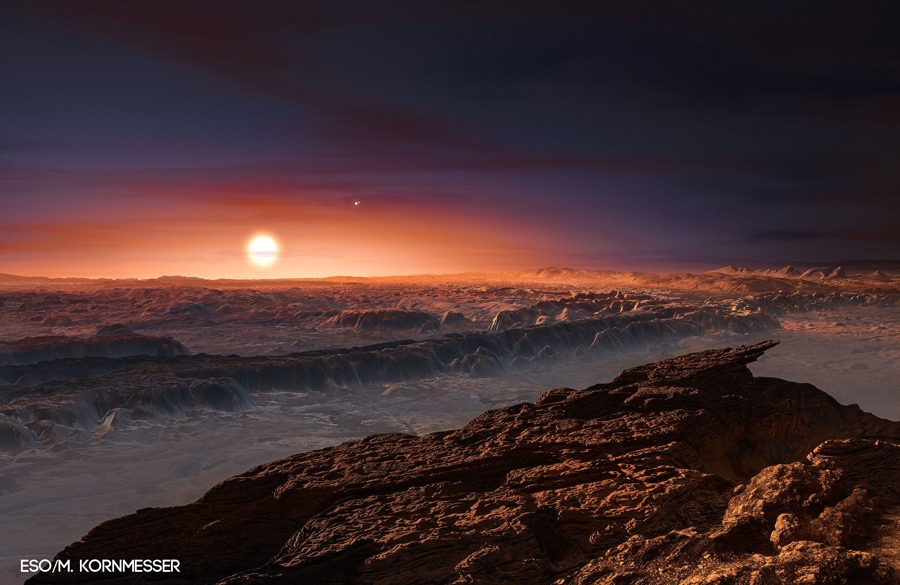
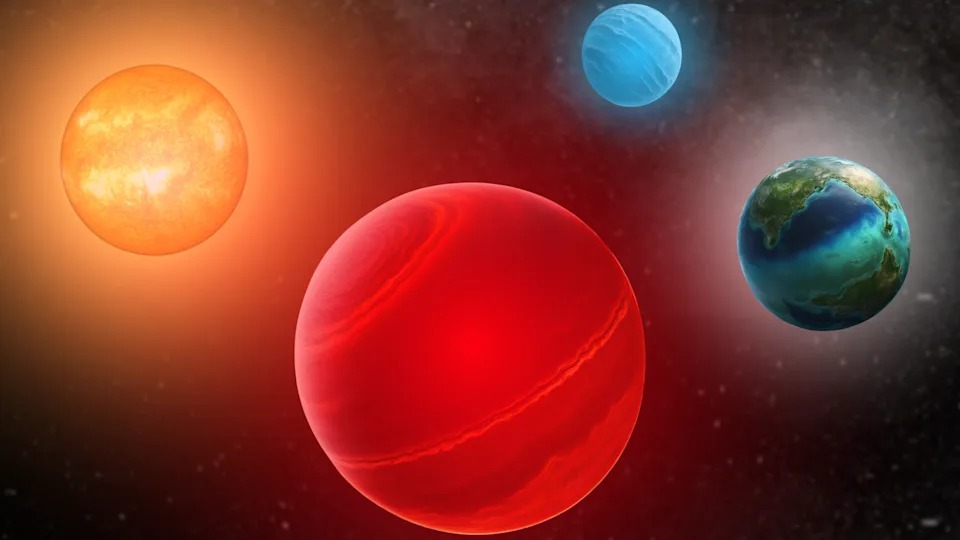
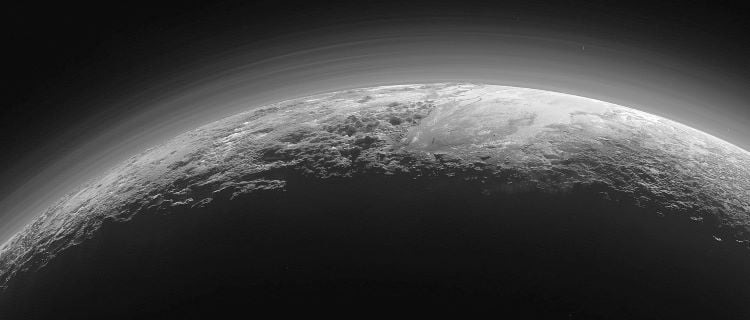
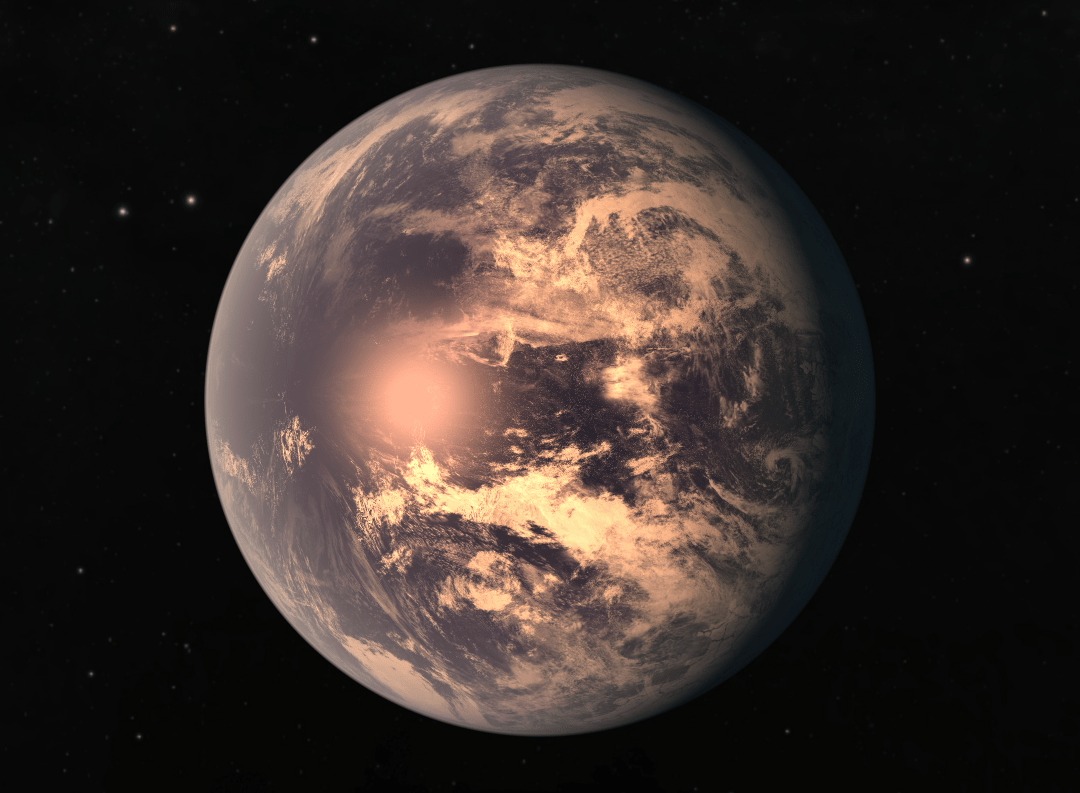
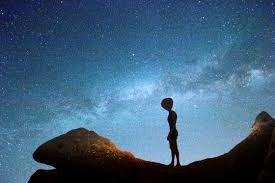
This article is a perfect reminder of how small we are and how vast the cosmos is. It’s truly inspiring to read about the incredible things happening out there. I feel a renewed sense of wonder about the universe every time I read a piece this well-written.